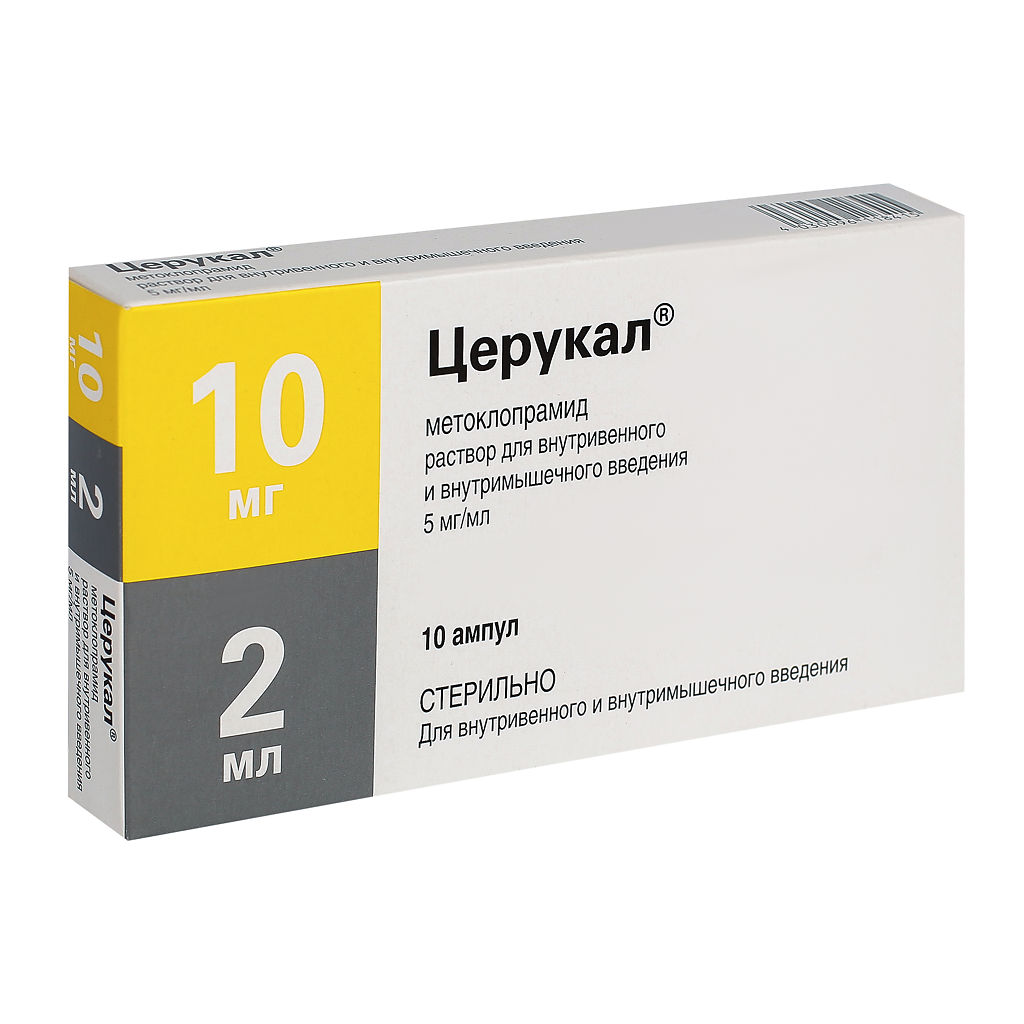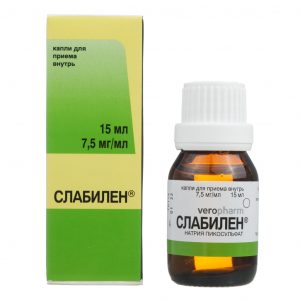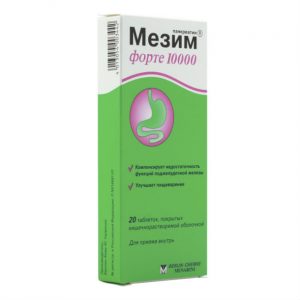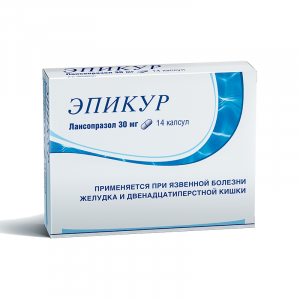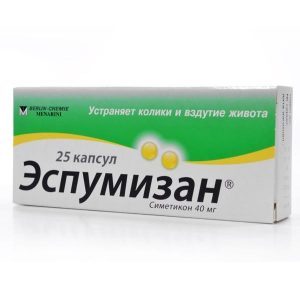Description
Latin name
Cerucal
Packing
10 ampoules of 2 ml.
Pharmacological action
CERUCAL – an antiemetic, is a specific blocker of dopamine (D2) and serotonin receptors. The mechanism of action is based on both central, and on the peripheral effects of metoclopramide. The antiemetic effect is associated with blockade of the dopamine receptors of the brain, which causes an increase in the threshold of irritation of the vomiting center. It has an antiemetic effect, eliminates nausea and hiccups. Reduces the motor activity of the esophagus, increases the tone of the lower esophageal sphincter, accelerates the emptying of the stomach, and also accelerates the movement of food through the small intestine without causing diarrhea. It normalizes the secretion of bile, reduces the spasm of the sphincter of Oddi, does not change its status, eliminates dyskinesia of the gallbladder. Stimulates the secretion of prolactin.
The pharmacokinetics of
Vd is 2.2 – 3.4 L / kg.
Metabolized in the liver. The half-life is from 3 to 5 hours, with chronic renal failure – 14 hours. It is excreted by the kidneys during the first 24 hours unchanged and in the form of metabolites (about 80% and a single dose). It easily penetrates the blood-brain barrier and is excreted in breast milk.
Indications
vomiting and nausea of ² ¹ ² ¹various origins
atony and hypotension of the stomach and intestines (including postoperative)
biliary dyskinesia
reflux esophagitis
functional stenosis of the pyloric
to enhance peristalsis during X-ray studies of the gastrointestinal tract
gastric paresis in patients with diabetes
as a means of gastrointestinal tract conduction gut).
Contraindications
pheochromocytoma
ileus
bleeding from the gastrointestinal tract
perforation gastrointestinal
prolaktinzavisimaya tumor
epilepsy
extrapyramidal movement disorders
I trimester
lactation (breastfeeding)
children up to 2 years
hypersensitivity to
metoclopramide hypersensitivity to sodium sulfite, especially in patients with bronchial asthma and other allergic diseases (for injection of Cerucal).
Caution: the drug should be prescribed for arterial hypertension, bronchial asthma, impaired liver function, hypersensitivity to procaine and procainamide, children aged 2 to 14 years.
Use during pregnancy and lactation
Cerucal is contraindicated for use in the first trimester of pregnancy.
The use of Cerucal in the second and third trimesters of pregnancy is possible only according to strict indications.
If you need to use Cerucal during lactation, you should decide whether to stop breastfeeding.
Composition
1 ml of the solution contains:
Active ingredient: metoclopramide hydrochloride monohydrate 5.27 mg (equivalent to 5 mg metoclopramide hydrochloride)
Excipients: sodium sulfite – 0.125 mg disodium edetate – 0, 4 mg sodium chloride – 8 mg water for injection – 991,705 mg.
Dosage and administration of
Intramuscularly or slowly intravenously.
Adults and teenagers over 14 years of age: 1 ampoule (10 mg metoclopramide) 3-4 times a day.
Children 3 to 14 years of age: The therapeutic dose is 0.1 mg metoclopramide / kg body weight, the maximum daily dose is 0.5 mg metoclopramide / kg body weight.
Side effects
From the nervous system: sometimes you may experience tiredness, headaches, dizziness, fear, anxiety, depression, drowsiness, tinnitus in some cases, mainly in children, dyskinetic syndrome (involuntary tick-like twitching of the muscles of the face, neck or shoulders) may develop. Extrapyramidal disorders are possible: spasm of the facial muscles, trismus, rhythmic protrusion of the tongue, bulbar type of speech, spasm of extraocular muscles (including oculogyric crisis), spastic torticollis, opistotonus, muscle hypertonicity. Parkinsonism (tremor, muscle twitching, limited mobility, the risk of developing in children and adolescents increases with a dose exceeding 0.5 mg / kg / day) and late dyskinesias (in elderly patients with chronic renal failure). In isolated cases, the development of a severe antipsychotic syndrome is possible.
With prolonged treatment with cerucal in elderly patients, the development of symptoms of parkinsonism (tremor, muscle twitching, limited mobility) and late dyskinesia are possible.
From the hematopoietic system: agranulocytosis.
From the cardiovascular system: supraventricular tachycardia, hypotension, hypertension.
From the gastrointestinal tract: constipation, diarrhea, dry mouth.
From the endocrine system: with prolonged use of the drug, gynecomastia (an increase in the mammary glands in men), galactorrhea (spontaneous outflow of milk from the mammary glands), or menstrual irregularities with the development of these phenomena can be canceled.
Drug Interaction
Incompatible with infusion solutions with alkaline medium.
Reduction of anticholinesterase agents.
Increases the absorption of antibiotics (tetracycline, ampicillin), paracetamol, levodopa, lithium and alcohol.
Reduces the absorption of digoxin and cimetidine.
Enhances the action of alcohol and CNS depressants.
Neuroleptic drugs should not be given concomitantly with metoclopramide to avoid possible exacerbation of extrapyramidal disorders.
May affect the effects of tricyclic antidepressants, monoamine oxidase (MAO) inhibitors and symptomatic agents.
Reduces the effectiveness of therapy with H2-histamine blockers.
Increased risk of hepatotoxicity when combined with hepatotoxic agents.
Reduces the effectiveness of pergolide, levodopa.
Increases the bioavailability of cyclosporine, which may require monitoring its concentration.
Increases bromocriptine concentration.
With the simultaneous appointment of cerucal with thiamine (Vitamin B1), the latter quickly disintegrates.
Overdose
Symptoms: drowsiness, confusion, irritability, anxiety, seizures, extrapyramidal motor disorders, cardiovascular disorders with bradycardia and arterial hypo or hypertension. In mild forms of poisoning, the symptoms disappear 24 hours after withdrawal. Depending on the severity of the symptoms, it is recommended to monitor the vital functions of the patient. Fatal cases of overdose poisoning have not yet been identified.
Treatment: symptomatic. Extrapyramidal disorders are eliminated by the slow introduction of biperiden (adult doses are 2. 5 – 5 mg should follow the manufacturer’s recommendations). The use of diazepam is possible.
Storage conditions
In the dark place at a temperature of no higher than 25 ° C.
Expiration
5 Chron
Deystvuyuschee
substance Metoclopramide
sdlcr18 drug solution18
injection and infusion
Teva Pharmaceutical Enterprises Co., Ltd. Israel
